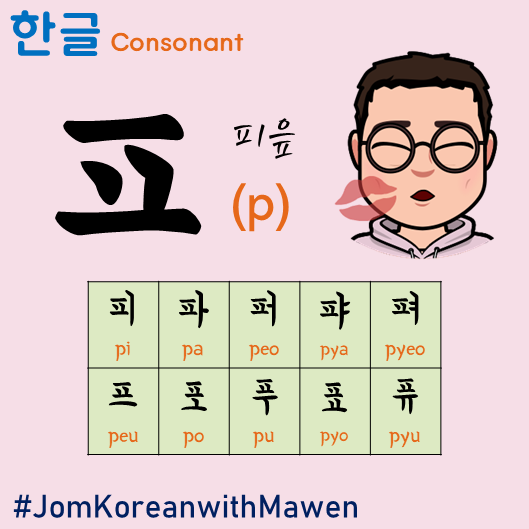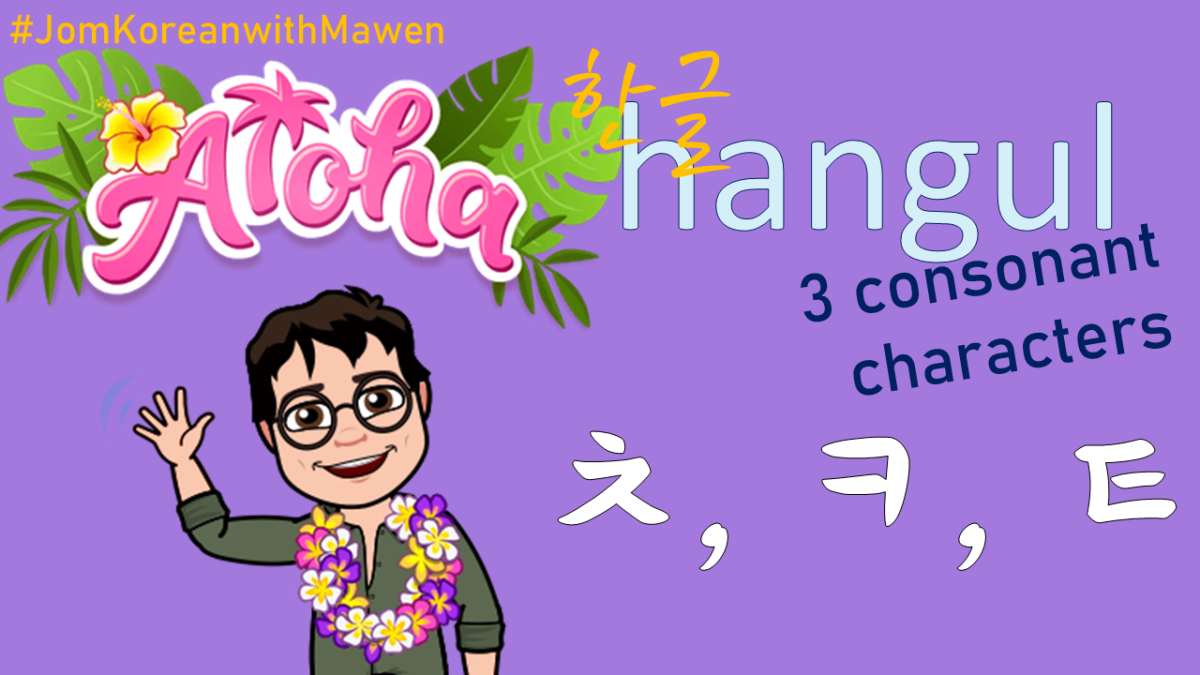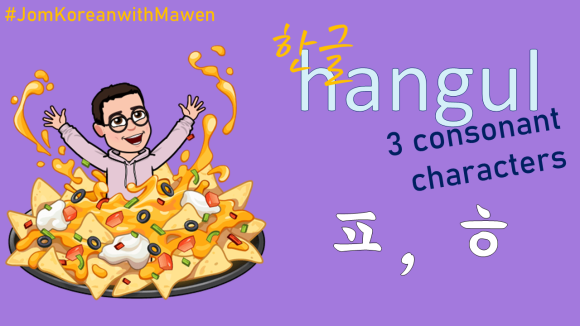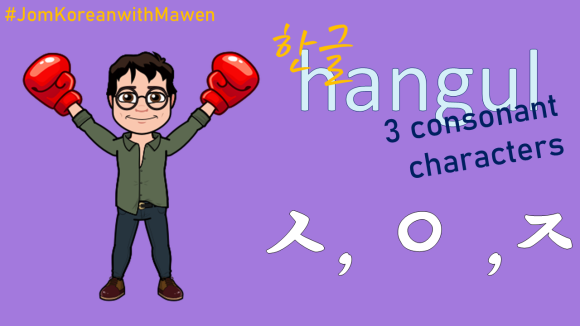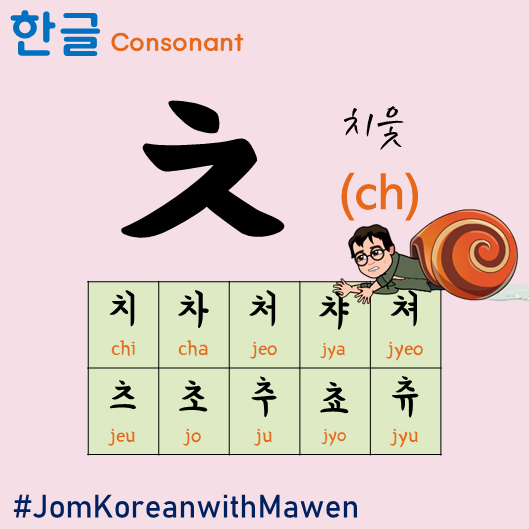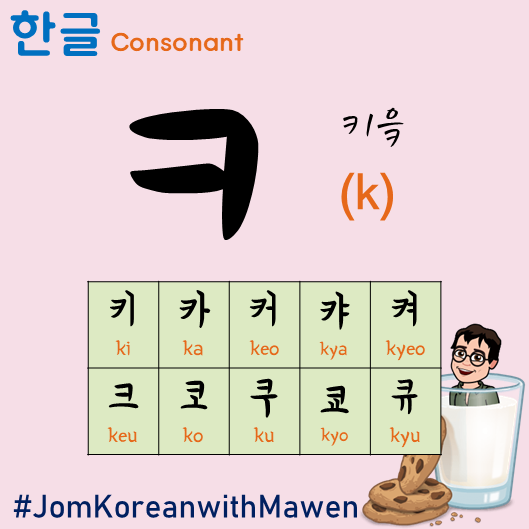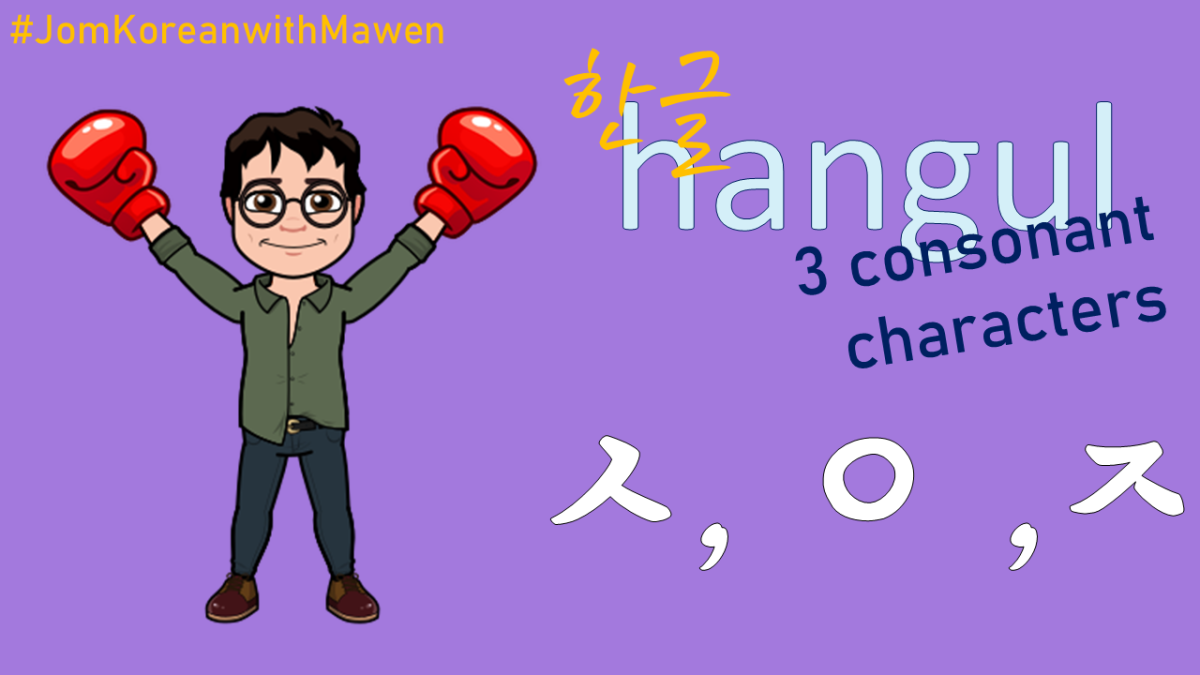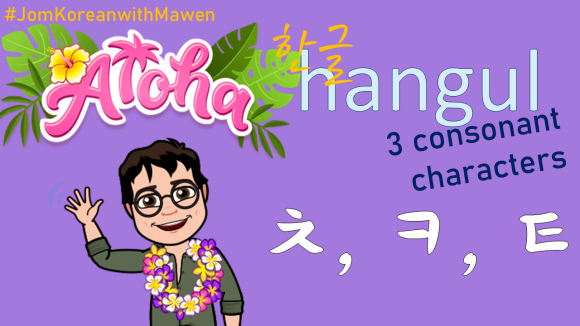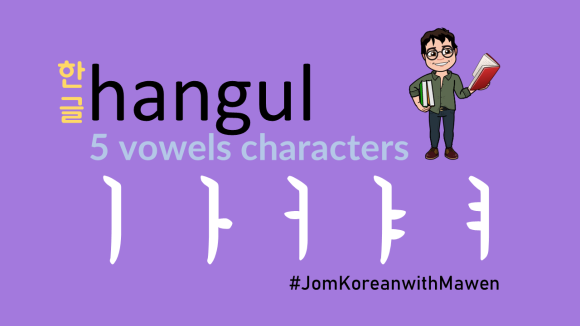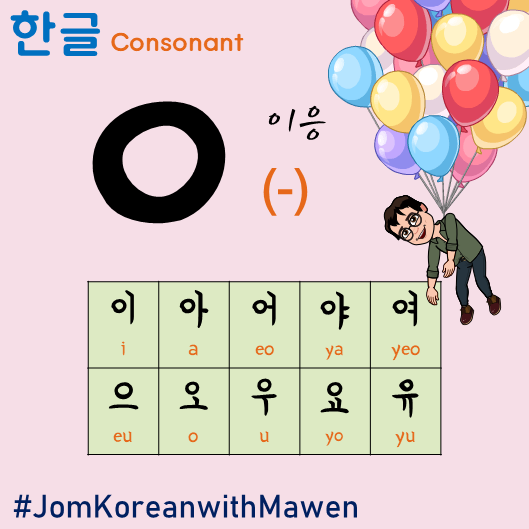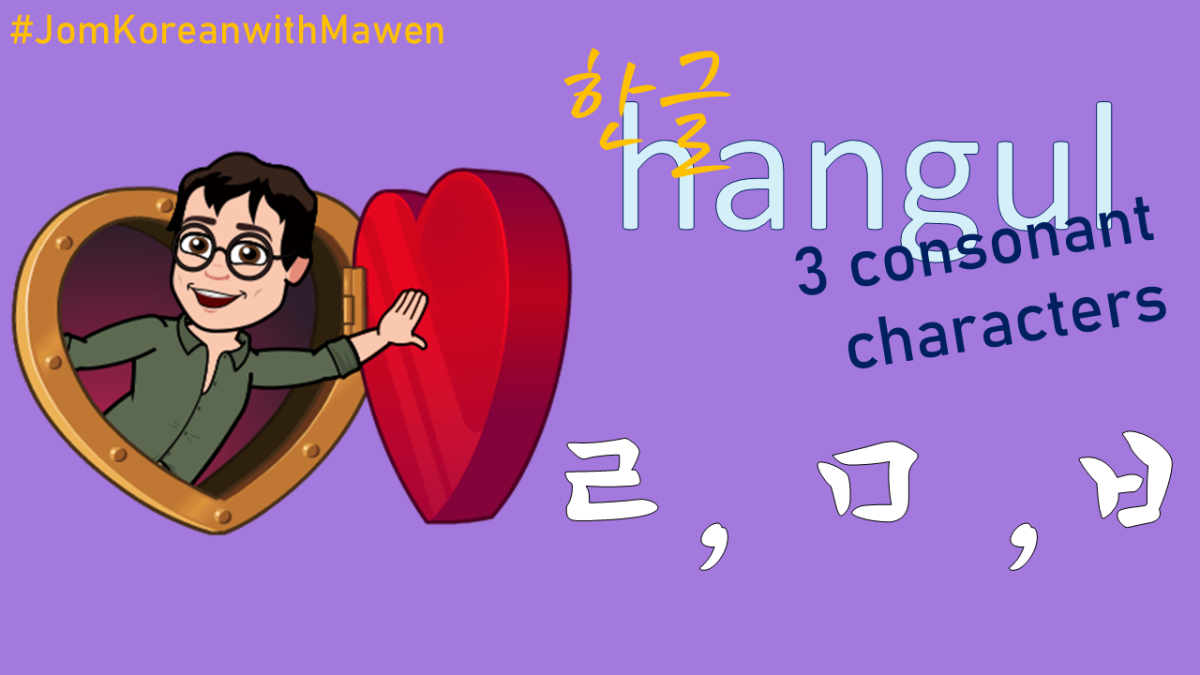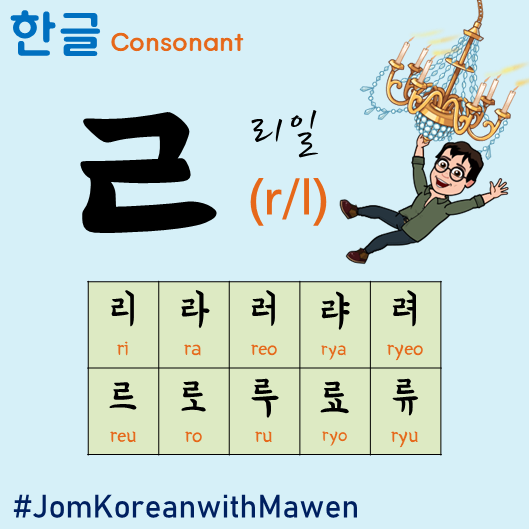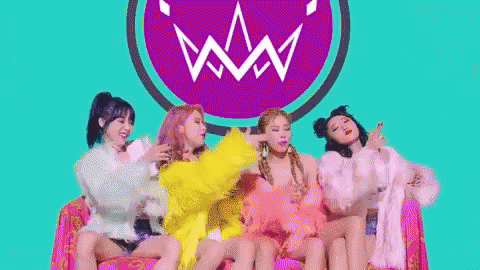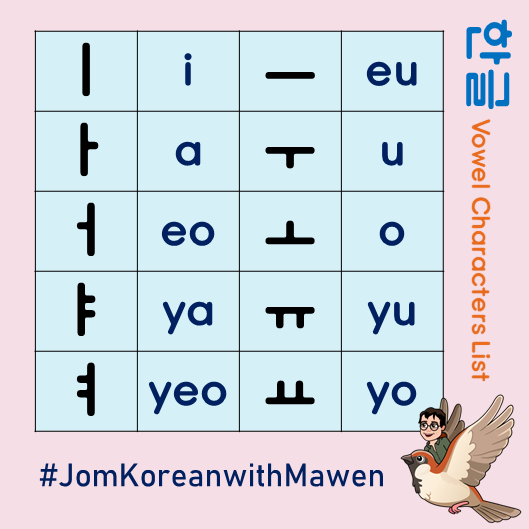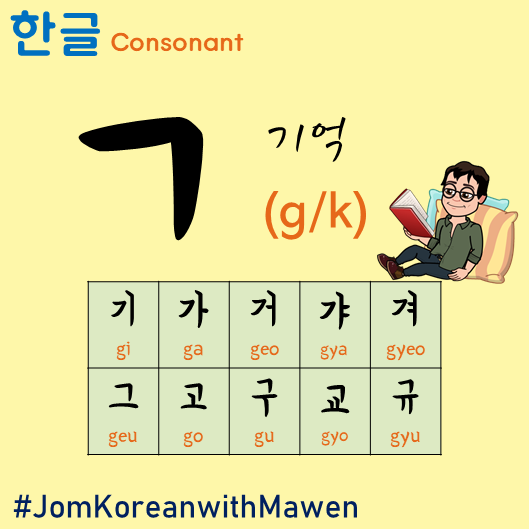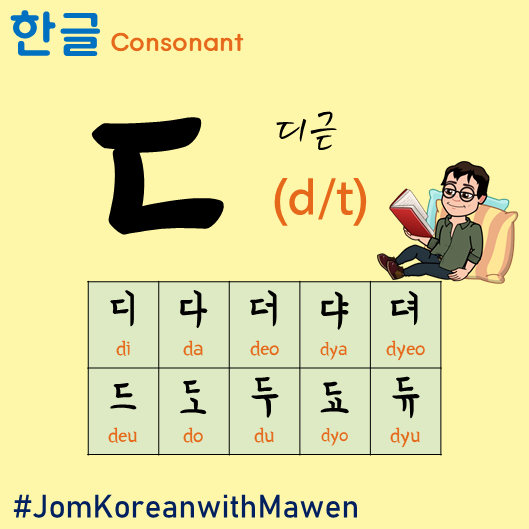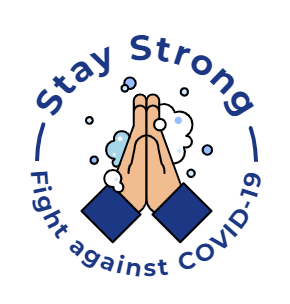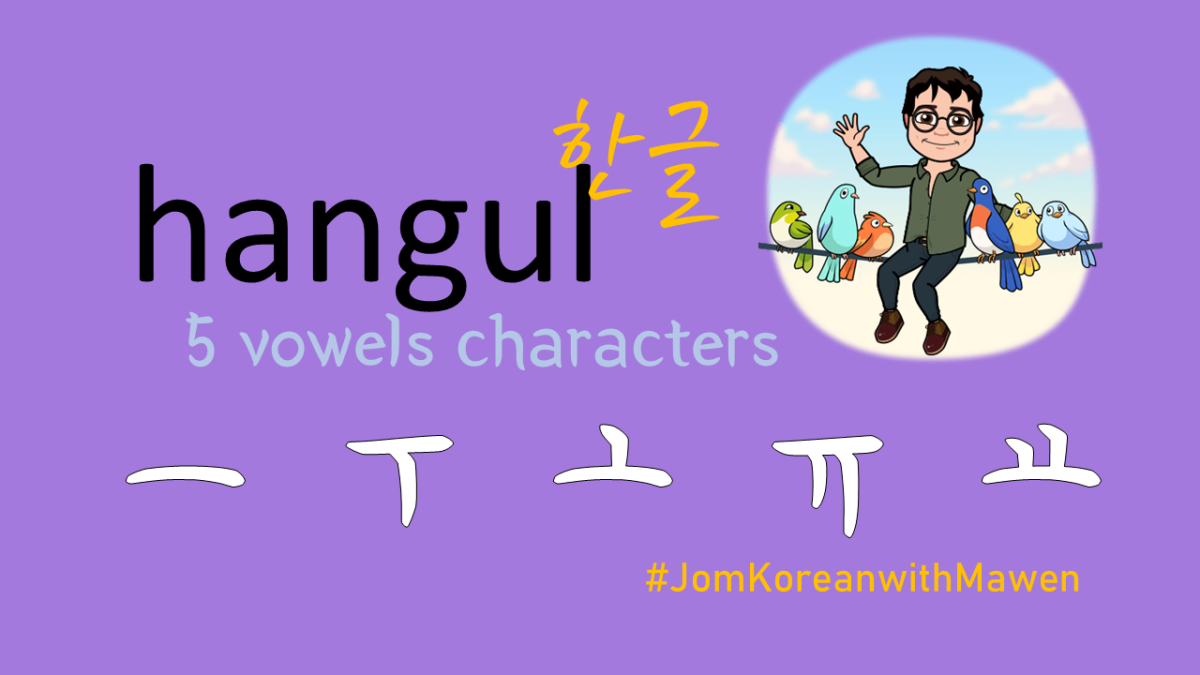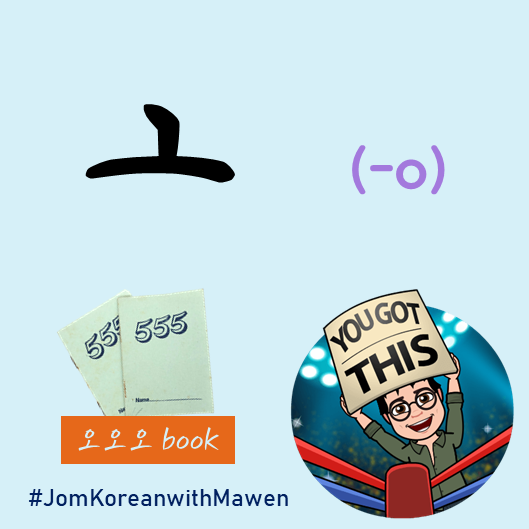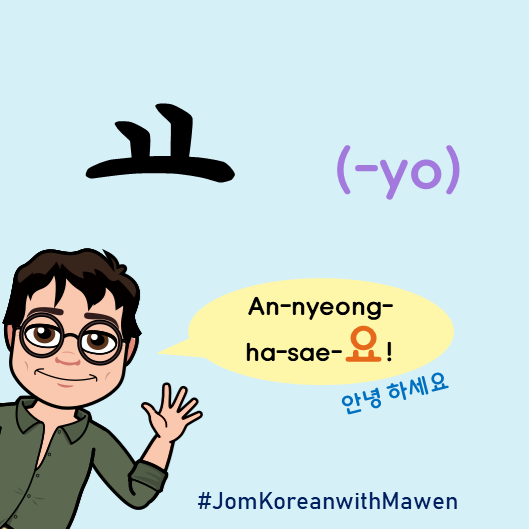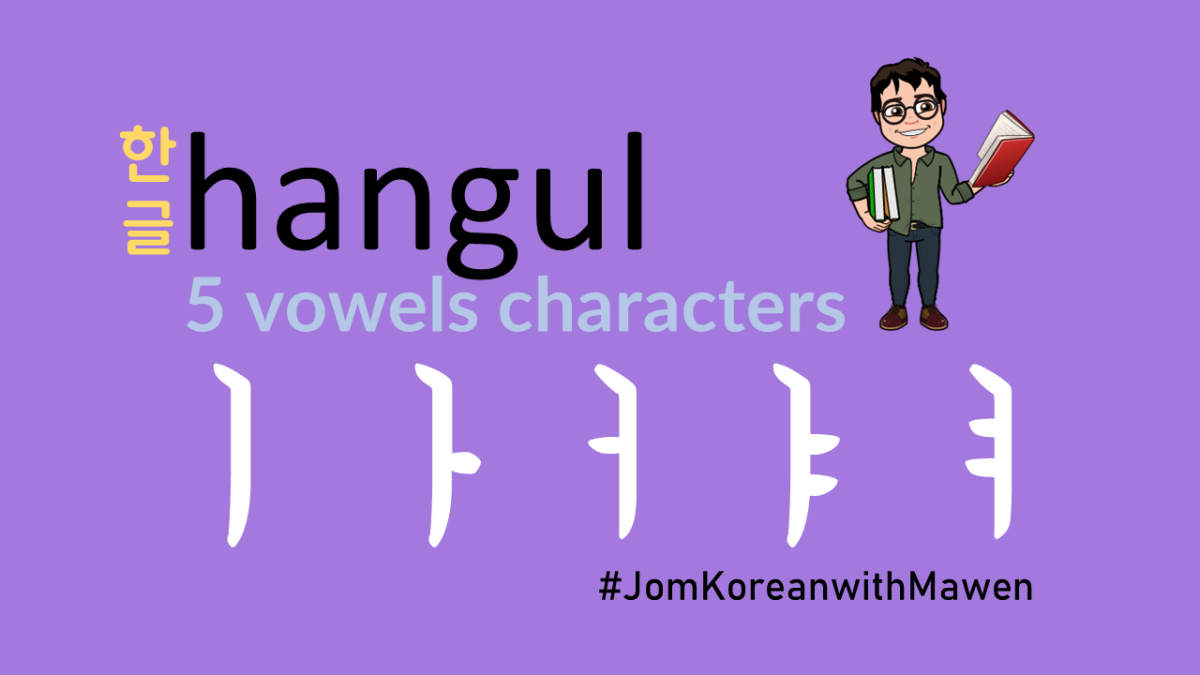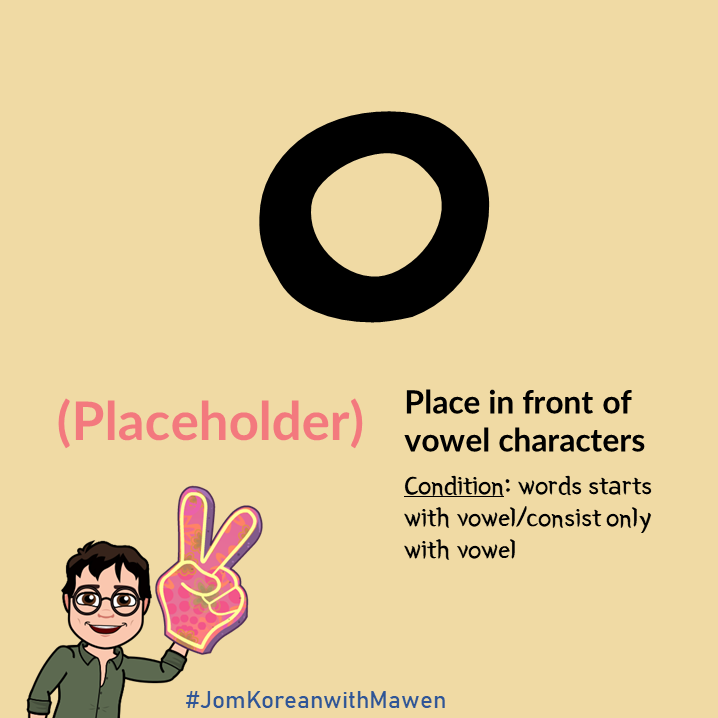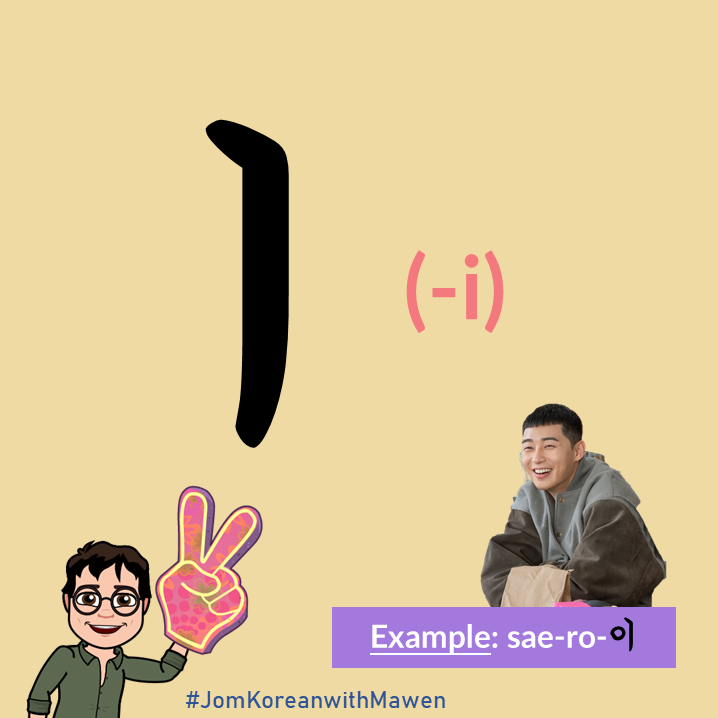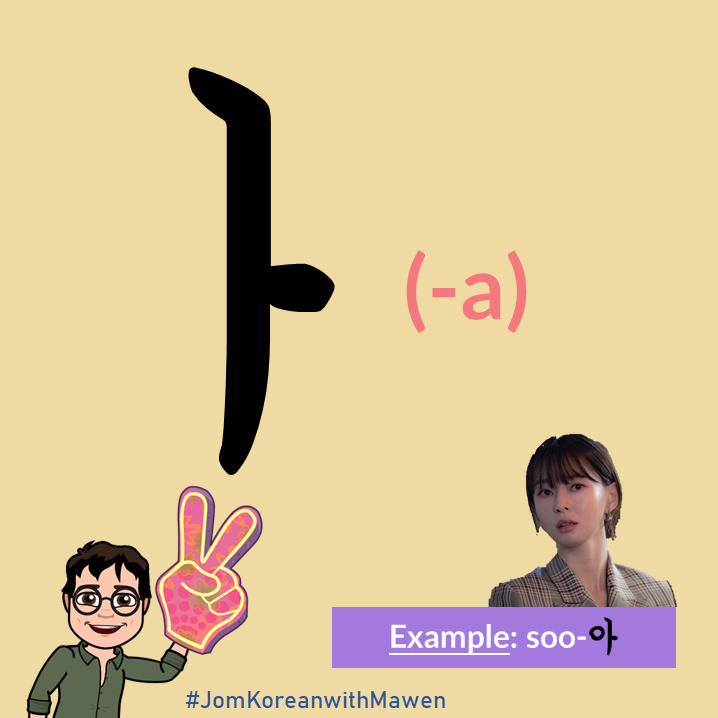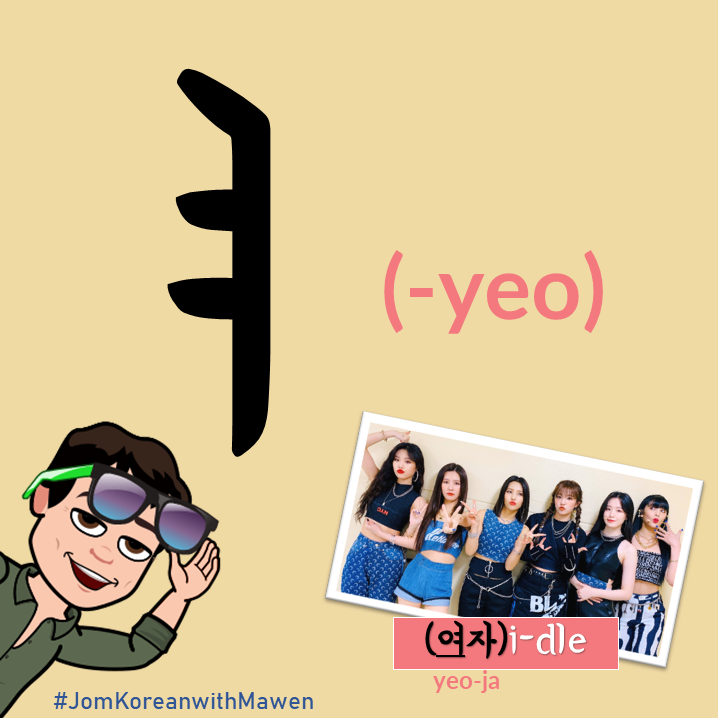Self introduction is a basic of the basics when we learn a new language, as we greet and introduce ourselves when we met a new friend. Self introduction is not difficult in Korean, as we can learn the basic sentence structure along the time goes.
Self introduction in Korean is called ‘ 자기소개 ‘ . ‘자기 (ja-gi)’ means self, while ‘소개 (so-gae)’ refers to an introduction (n). This word can become a verb if we add ‘하다 (ha-da)’ at the back which means ‘to do’. Therefore, ‘소개하다’ means to introduce.
For example,
to introduce yourself: 자기소개하다 (cha-gi-so-gae-ha-da)
to introduce a friend: 친구를 소개하다 (chin-gu-reul so-gae-ha-da)
to introduce a cosmetic product: 화장품를 소개하다 (hwa-jang-pum-reul so-gae-ha-da)
From the examples, we know the basic Korean sentence structure. Basically the sentences are constructed with the order: OBJECT/TOPIC + SUBJECT/DOER + ACTIONS(VERBS). Don’t worry if you don’t get it yet, remember this first and always relate the rule when you see more examples.
Let’s get back to our topic! How do we always start with our self introduction?
Watch this Self-Introduction video from Talk to me in Korean YouTube channel before we go to the written notes!
- Greeting!
– 안녕 하세요! (an-nyeong ha-sae-yo)
*often follow with a bow*
— - Tell them your name! (이름 i-reum)
– 저는 [Your name] 입이다. (jeo-neun your name i-mi-da)
Eg. 저는 매르빈 입니다. (jeo-neun mae-reu-bin i-mi-da)
Translation: I am (your name).
— - Tell them where you are from! (나라 na-ra)
– 저는 [Your country] 사람이에요. (jeo-neun your country i-mi-da)
Eg. 저는 말레이시아 사람이에요. (jeo-neun mal-re-i-si-a sa-ram-i-e-yo)
Translation: I am (your country citizen, eg. Malaysian, Russian, Korean).
— - Tell them where do you live currently! (살고 있는곳 sal-go it-neun-got)
– 저는 [city/place you stay]에서 살고 있어요.
(jeo-neun city/place-e-seo sal-go i-sseo-yo)
Eg. 저는 사라왁의 쿠칭에서 살고 있어요.
(jeo-neun sa-ra-wak-ei ku-ching-e-seo sal-go i-sseo-yo)
Translation: I am living in (city/state).
JOM BELAJAR: Do you know how to write your state name in Korean?
Check out my video below! (Coming soon!)
— - Tell them you are learning Korean (or others)!
– 저는 [xxx] 공부하고 있어요. (cheo-neun xxx gong-bu-ha-go-i-sseo-yo)
Eg. 저는 한국어 공부하고 있어요.
(cheo-neun han-gug-eo gong-bu-ha-go-i-sseo-yo)
— - Tell them your age! (나이 na-i)
*Before you know how to say your age, you have to learn Korean numbering first! We will cover in the next lesson. Let us just briefly go through. 🙂
– 저는 [native-number]살 이에요. (jeo-neun number-sal i-e-yo)
Eg. 저는 스물다섯(25)살 이에요. (jeo-neun seu-mul-da-seot-sal i-e-yo)
Translation: I am twenty-five(25) years old.
— - End with ‘Nice to meet you!’
– 만나서 반갑습니다. (man-na-seo ban-gap-seu-mi-da)
Translation: It’s a pleasure to meet you.
We have learnt how to introduce yourself with these 6 points! Let us practice by saying it in a full paragraph. It’s not necessary to say ‘저는’ (I am) for every sentence, and we can use connectors such as ‘그리고’ (keu-ri-go) meaning next, or besides. Here’s the sample speech of 자기소개 below:
안녕 하세요! 저는 매르빈 입니다. 저는 말레이시아 사람이에요.
an-nyeong ha-sae-yo! jeo-neun mae-reu-bin i-mi-da. jeo-neun mal-re-i-si-a sa-ram-i-e-yo.
그리고 저는 사라왁의 쿠칭에서 살고 있어요.
geu-ri-gu sa-ra-wak-ei ku-ching-e-seo sal-go i-sseo-yo.
저는 스물다섯(25)살 이에요. 그리고 한국어 공부하고 있어요.
jeo-neun seu-mul-da-seot-sal i-e-yo. geu-ri-gu han-gug-eo gong-bu-ha-go-i-sseo-yo.
만나서 반갑습니다.
man-na-seo ban-gap-seu-mi-da.
Here’s another video from Korean Unnie that you can make as a reference! Let’s practice together so we can self introduce to our new Korean friends. 😀
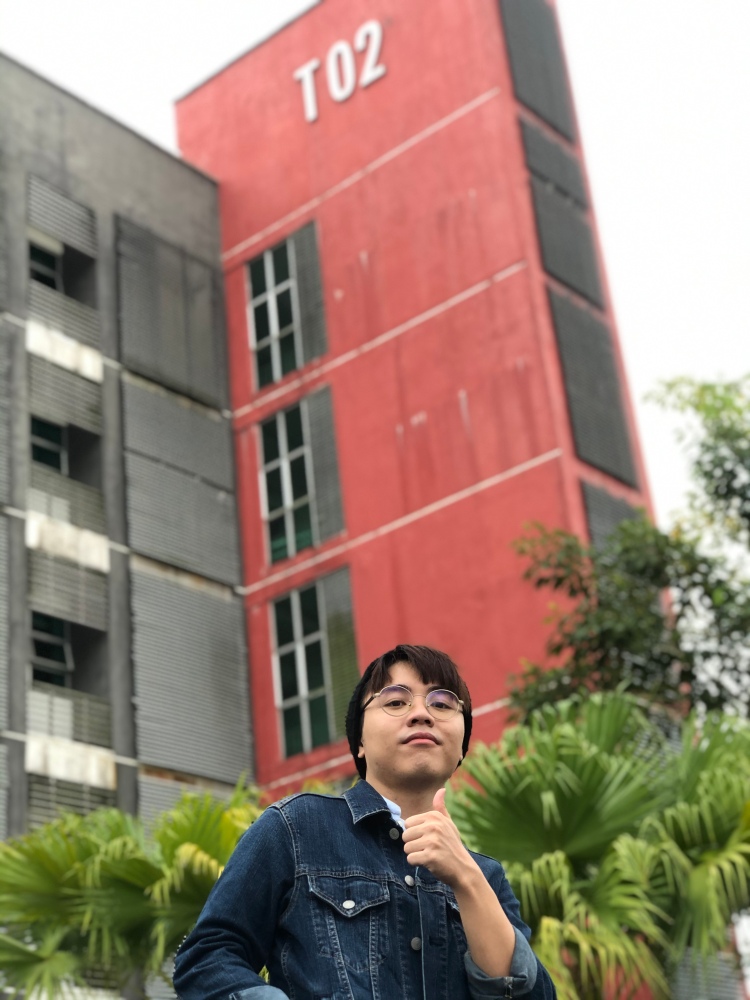
Melvin Tan
Content Manager (Language)
Online Supporter of Korean Embassy in Malaysia
Bio-science student in Universiti Teknologi Malaysia
Korean Enthusiasts
Korean learner for 10 years, but still amateur
Instagram: @tanmawen








